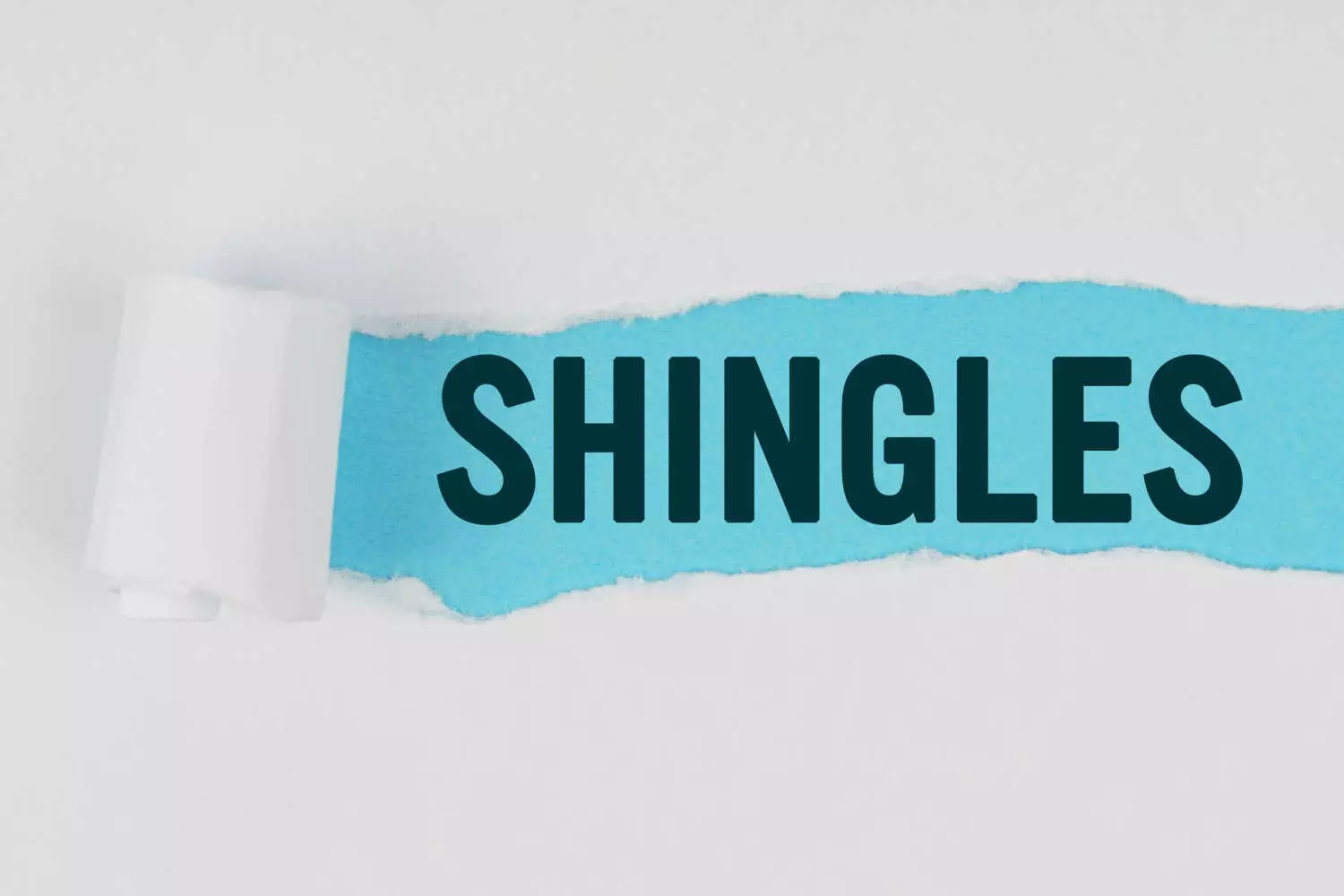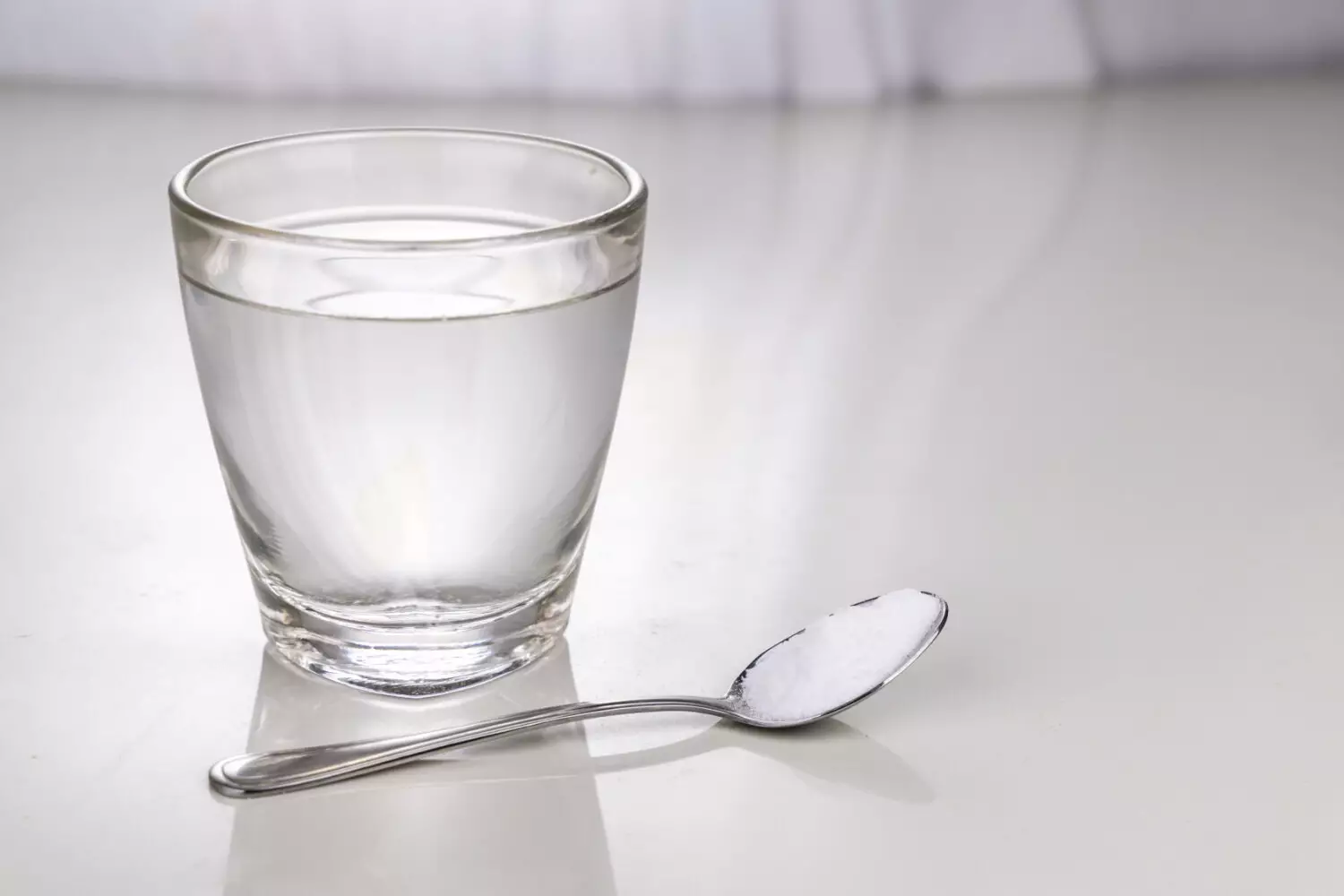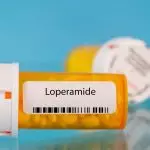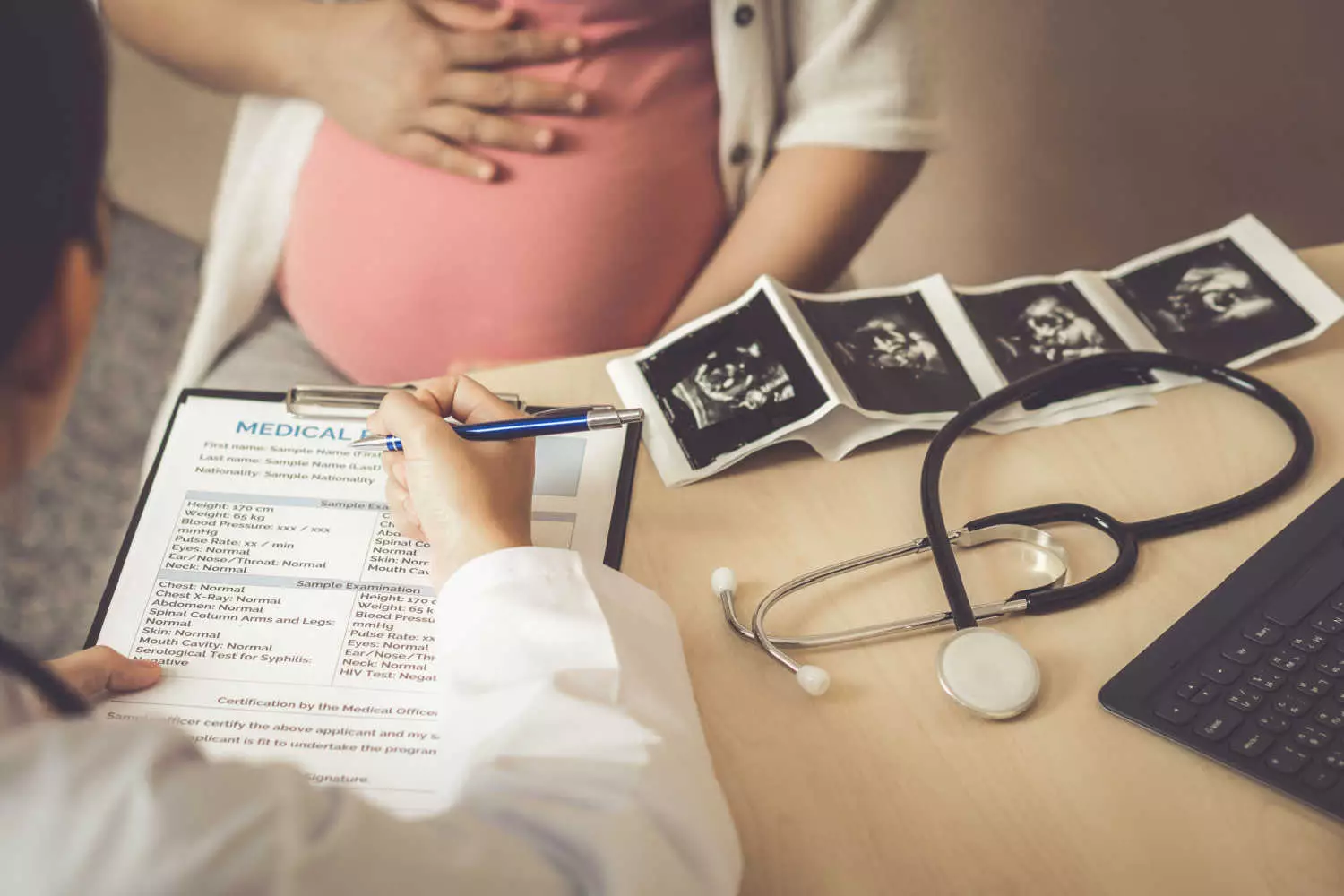
Fetal Development – Know Everything About Your Baby’s Genitals and Urinary System
5 min readWritten by Ajanta Biswas


The sex of your baby is confirmed as soon as the sperm meets the egg. But it takes a lot more weeks to grow and develop the genitals that will somehow determine their way of life. Parents wait eagerly for the gender reveal of their baby. In some countries, you can know it during your second-trimester ultrasound. But in some countries like India, it remains a mystery till you give birth. In fact, gender determination during pregnancy is illegal and punishable by law.
But do you know that for the initial weeks the structure of a male and a female genital of the foetus looks the same? It is only after the 6th week of gestation that the genital of the foetus starts developing according to the X or Y chromosome that it gets from its father. It seems interesting how the little bud blooms throughout the 40 weeks of pregnancy. So, let’s know more about how the fetal development of a baby’s genitals and urinary system of a boy and girl child develop.
In This Article
- Early Fetal Development of Baby’s Genitals and Urinary System
- Development of Boy Parts
- Development of Girl Parts
- Early Fetal Development of the Kidneys, Bladder, and Urethra
- When Will Your Baby be Able to Pee?
- Key Stages in the Development of the Genitals, Internal Sex Organs, and Urinary System
- FAQ’s
Early Fetal Development of Baby’s Genitals and Urinary System
Up until the sixth week of pregnancy both the male and female foetus’ genitalia looked the same. At this stage, it is called a genital ridge. In the upcoming few weeks, this genital ridge will change according to the XX or XY chromosome of the baby’s gene.
So basically, the foundation of male and female genitalia is the same. The testicles of men are equivalent to the female ovaries and labia. Similarly, the clitoris of women is equivalent to the penis of men.
It is between 7 and 12 weeks when the reproductive organs of a boy and a girl foetus start differing from each other. The urinary system also develops at the same time.
Development of Boy Parts
Around the 7th week, the Y chromosome of the boy embryo signals the production of testosterone. And this hormone brings these changes in the genitalia.
- During the 9th week, the testicles form in the abdomen for the production of sperm. But it can take up to 26 weeks or more for the testicles to descend to their normal position.
- During the 12th week, the common genital ridge starts enlarging to form the penis. But the complete growth of the penis occurs rapidly during the third trimester.
- The urinary system of a boy foetus will take 14 weeks to fully develop.
Development of Girl Parts
You can find the main development in girl parts in the following stages.
- 11 to 12 weeks of gestation the uterus and ovaries will form. And by 22 weeks the fully developed ovaries will shift from the abdomen to the pelvis region.
- During 14 weeks the common genital ridge will become the clitoris and the bulges around it will form the labia.
- And in about 20 weeks these ovaries will be full of 6 million ova or eggs. This number will decrease to 2 million by the time your girl child is born and to 400,000 when she will hit puberty.
- At around 22 weeks the vaginal path will open on the surface of the perineum.
Early Fetal Development of the Kidneys, Bladder, and Urethra

Apart from acting as a reproductive organ, the genitalia of the baby have another vital role to perform. It is to release harmful liquid toxins and wastes of the body in the form of urine. So as the sex organ starts developing, the renal or urinary system also starts developing.
The kidney, bladder and urethra of an embryo develop from a chamber known as cloaca. In between the 4th to 7th week of gestation, this cloaca divides into parts to form these three vital renal organs.
The kidneys of your baby develop from three sequential systems that are derived from the urogenital ridge
1. Pronephros
It appears in the 4th week of gestation. This development of the kidney starts in the cervical region of the embryo. During this time 6 to 10 pairs of nephrotomes are formed.
2. Mesonephros
Mesonephros or mesonephric tubules are the primitive excretory system of the embryo. They help in the filtration of blood to form urine.
3. Metanephros
The metanephros creates the definitive kidney. Though it appears in the 5th week of gestation, its function starts only after the 12th week.
The kidney at first develops at the pelvic region then it slowly ascends into the abdomen area of the foetus.
During the 10th week of pregnancy two tubes connect the bladder with the kidneys. The urine that the kidneys produce then can move towards and store in the bladder through these tubes.
The final part is the urethra and its job is to let the urine drain from the body. For a boy baby, the urethra will open at the tip of the penis. And for a girl baby, it will occur between the clitoris and vagina. The urethra is directly connected to the bladder.
[Read : Fetal Kidney Problem – Everything You Want To Know]
When Will Your Baby be Able to Pee?
So around 14 weeks, your baby’s urinary system is fully formed and your baby can produce urine. This pee of your baby is then released from the body and mixed with the amniotic fluid. During the last trimester, your baby starts swallowing this amniotic fluid and urinating waste. Your baby can pee out about 32 ounces of urine during the last few weeks of pregnancy. This swallowing and urinating practice in the womb prepares the baby for the outside world.
Key Stages in the Development of the Genitals, Internal Sex Organs, and Urinary System
Here is a chart of the key milestones in your baby’s development of urinary and sex organs:
| Gestational Weeks | Key Milestone |
| 6 Week | Genital ridge of boys and girls look similar. |
| 7 Weeks | Internal sex organs and kidneys start to form. |
| 9 Weeks | Testicles become visible in boys. |
| 10 Weeks | Bladder gets connected with the kidneys by two tubes. |
| 11 to 12 Weeks | External sex organs of boys and girls start to differ. Uterus and ovaries are visible in girls and testicles and penis are visible in boys. |
| 14 Weeks | Recognizable external genitals. Kidneys are capable of making urine out of the amniotic fluid the baby swallows. |
So, if you are in a hurry to know the gender of your baby to prepare the wardrobe or nursery accordingly, the easiest way is the second-trimester ultrasound. You can go for it between 18 and 22 weeks of pregnancy. Besides NIPT or non-invasive prenatal testing, CVS or Chorionic villus sampling are two effective and accurate tests that can reveal the gender of your baby by analysing DNA. While gender identification is legal and the norm in many countries, in India it is illegal and punishable by law. Would-be-parents and their families should refrain from approaching the medical fraternity for the purpose of gender identification.
[Read : Second Trimester Anomaly Scan For Your Growing Baby]
FAQ’s
1. How to Identify Gender of Baby in Ultrasound Report?
Doctors can identify the gender of a baby by assessing the direction of the nub. If the nub points vertically then you are having a boy. And if the nub points horizontally then a girl is on board. Having said that, gender identification is illegal in India and should not be attempted.
2. Can the Gender of the Baby Change During Pregnancy?
No, the gender of your baby cannot change once you conceive. The very moment you conceive your baby gets the genetic information to become a boy or a girl from the sperm.
3. Why Does Intersex in a Baby Happen?
Intersexuality or the presence of both male and female sex organs happens if the sex-determining chromosome is defective. Besides some disorders like androgen insensitivity syndrome, Turner syndrome, and Klinefelter syndrome can cause intersexuality.

Ajanta Biswas,MA (English)
Studying English literature has been highly instrumental in creating a love for English and World Literature for this writer. Ajanta has been writing for more than two years. She specializes in creating short and crisp blogs that can create awareness among women about healthy pregnancy and among parents about better parenting.Read more.
Responses (0)
Want curated content sharply tailored for your exact stage of parenting?
Related articles

Shingles During Pregnancy – Causes, Symptoms, and Diagnosis

Crying During Pregnancy – Does It Affect the Unborn Baby and Tips to Cope

Can I Drink ORS During Pregnancy?

Loperamide During Pregnancy – Safety, Dosage and Side Effects

Phentermine During Pregnancy – Is it Safe to Take?

Pregnancy Prenatal Visits Schedule – How Often and What Happens in Each Visit
Sponsored content
Discover great local businesses around you for your kids.
Get regular updates, great recommendations and other right stuff at the right time.





